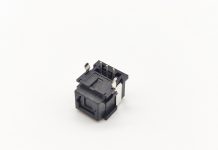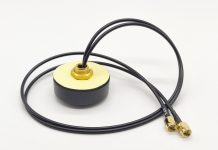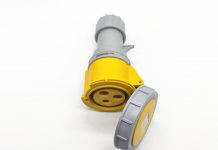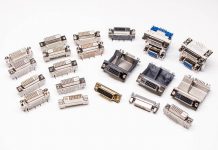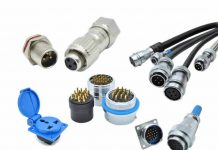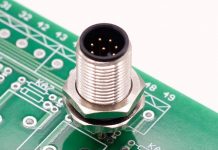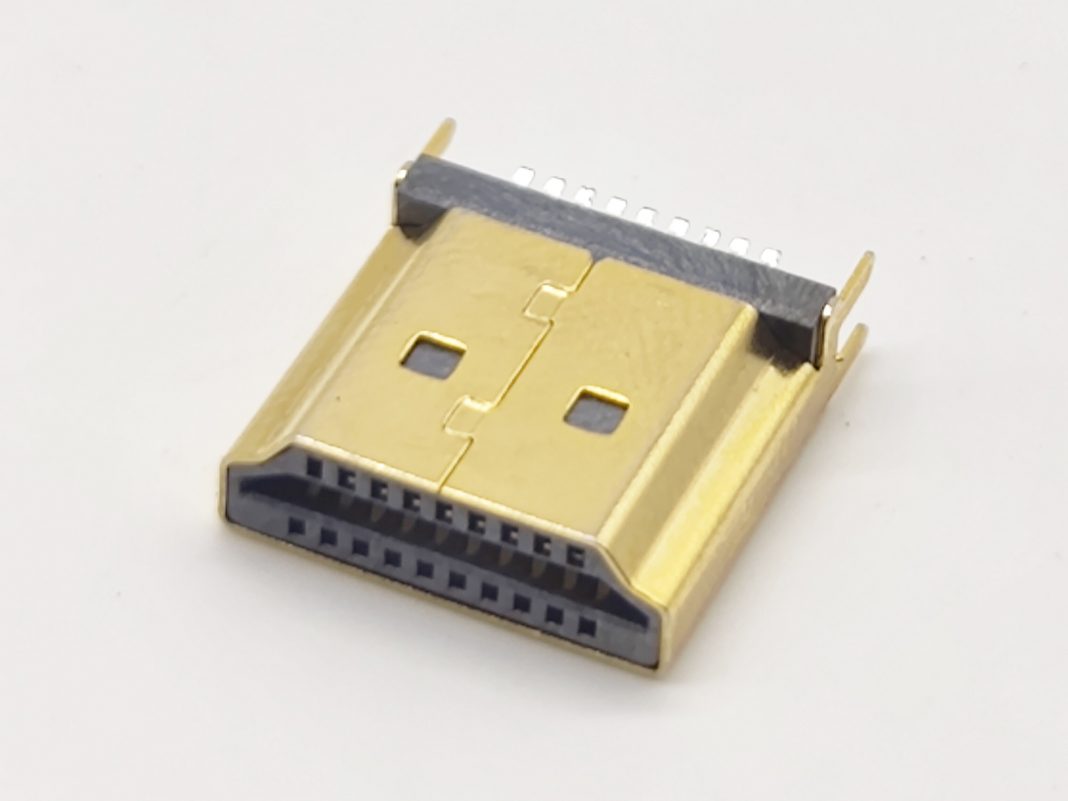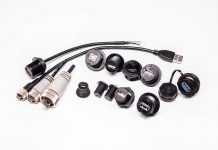The HDMI connector is an important I/O (input and output) hardware component in many modern entertainment or communication devices. They enable HDMI cables to transmit uncomfortable digital signals from any appropriate audio and video (A/V) source to the inserted receiver or display device.
In a large number of modern houses and workplaces, the HDMI connector is likely to link the desktop computer to the monitor, the TV is connected to the setting box, the game console is connected to the projector, and so on. In fact, in all areas of home entertainment and workplace communication technologies, HDMI is now the most popular and most widespread format for carrying high -quality A/V signals between the source and display.
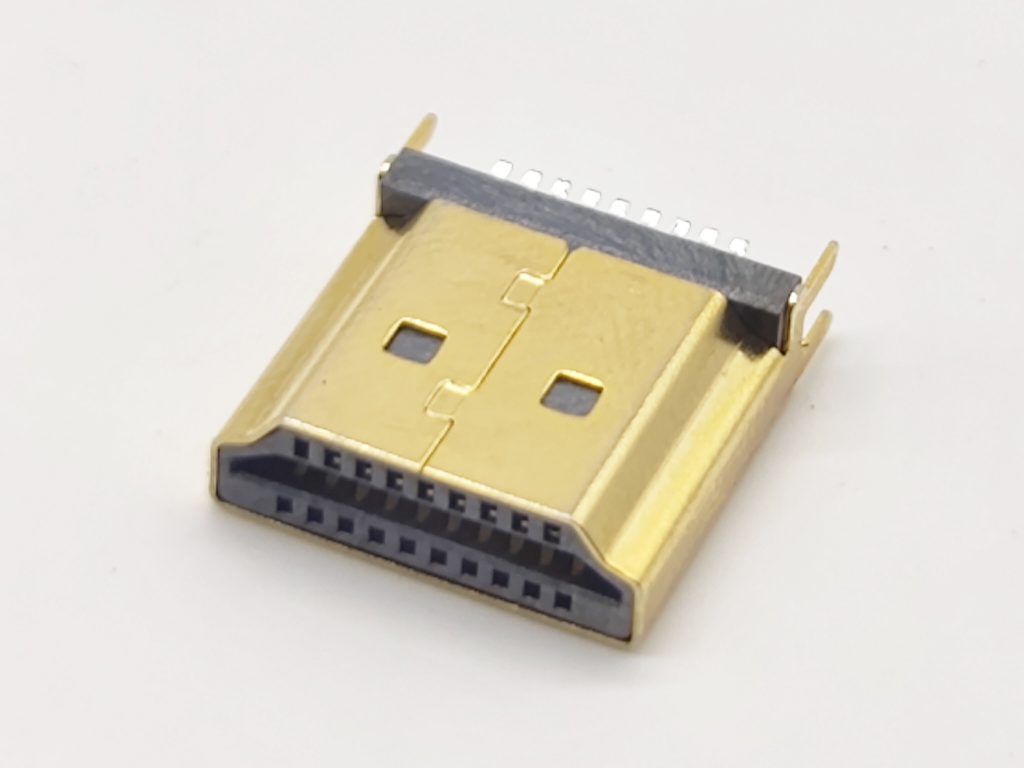
The male HDMI Cablehdmi represents the HD multimedia interface. This high -end modern format was originally developed in the early 2000s. The original purpose was to improve the overall convenience and function of the existing standards carrying the HDTV signal.
Before using HDMI, these are basically limited to DVI or component videos. The former is only a video connector, which is more suitable for its original use in the computer monitor, but although the latter effectively transferred the high -definition signal, if you want video and audio to use five separate cables, users are required to routing the user route. Five separate cables are transferred at the same time.
HDMI is basically a means to collect these five individual cables into a cable. Moreover, after a period of global research and testing, HDMI was launched for the first time in 2002 as a series of commercial cables and connectors.
HDMI connector specification
In a broad sense, HDMI connectors are noteworthy in other types of wired connectors and terminals. These connectors and terminals are the quality, bandwidth and speed of the A/V signal they can carry. Since the first batch of HDMI products were launched in 2002, the HDMI standards have been revised and officially iterated. Each standard provides its own updated HDMI connector specifications.
So far, the key HDMI revision is:
HDMI version (release year)
HDMI 1.0 (2002)
HDMI 1.1 (2004)
HDMI 1.2 and 1.2A (2005)
HDMI 1.3 (2006)
HDMI 1.4, 1.4A and 1.4B (2009, 20110, 20111)
HDMI 2.0, 2.0A and 2.0B (also known as HDMI UHD) (2013, 2015, 2016)
HDMI 2.1 (2017)
In a broad sense, each of these revisions has continuously expanded the overall function and performance. Therefore, the GMI connector specifications have been continuously developing in the lifetime in the lifetime.
For example, version 1.2 (2005) expands the resolution and refresh rate of HDMI support to successfully try to popularize the format among computer owners. Version 1.4 (2009-2011) adds support for 4K signals between devices and sharing Ethernet connections, while version 2.0 (2013-2016) significantly improves video bandwidth and audio sample frequency, allowing HDR Visual and Dynamio Audio to be performed at the same time Audio-Video SynonConization.

HDMI connector type
There are many different types of HDMI cable connectors on the market today. Although they do the same thing essentially, they usually cannot switch in any specific application or device. In other words, you need to know the type of connector you need to use before buying.
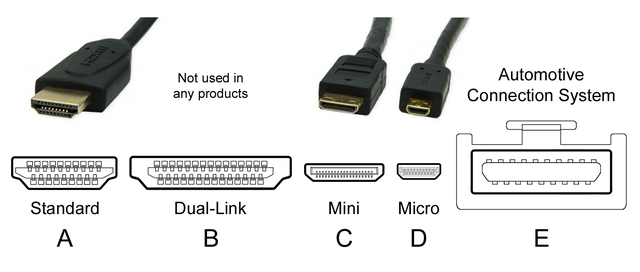
There are currently five types of standard connectors used in HDMI cables, namely:
Type A (standard)
Type B (dual link -currently not used in any mainstream consumer product)
Type C (MINI)
D -type (micro)
Type E (car connection system, mainly used for vehicle use)
Because their size is obviously different, these various HDMI cable connector types are very easy to identify physical identification. However, if you are not familiar with the naming scheme of HDMI sub -type, at first glance, the range of the options may be a bit confusing. Please rest assured that for most households and workplace applications, HDMI connector type A, C and D (standards, mini and micro) will be the only version you usually need.
In almost all standard use schemes, all types of HDMI cables and connectors will be used to transmit audio and video signals at the same time from source to receiver or display. After all, this is what they originally did, and without the need for users to link multiple different cables (or more clumsy DVI connectors) to carry two types of signals at a time.
However, in some cases, HDMI can also be used for audio or video signals, because it is widely compatible with the older connection standards. This is particularly useful because the correct adapter is added, which allows HDMI cables and connectors to link hardware devices to many different port types.
Today’s HDMI connector provides a lot of options for transmission of high -quality high -quality bidding video signals between extensive modern entertainment equipment and communication equipment. Moreover, because they and the backwardness of the early audio and video transmission format, they can also provide a link between useful devices between the appropriate adapter device.
If you need any more information or suggestions for HDMI cables and connectors, or use this popular connection standard to obtain the best results and equipment performance, please contact the members of our expert support team at any time.
Elecbee is a company specializing in the research and development, production and sales of electronic connectors, adapters and antennas. Whether it is technology, research and development, production or business, it is in the leading position in the industry. If you want to know more about our products or need related help and support, you can directly communicate with our technical staff in real time on the website or send an email to service@elecbee.com. All Elecbee staff look forward to cooperating with you.

